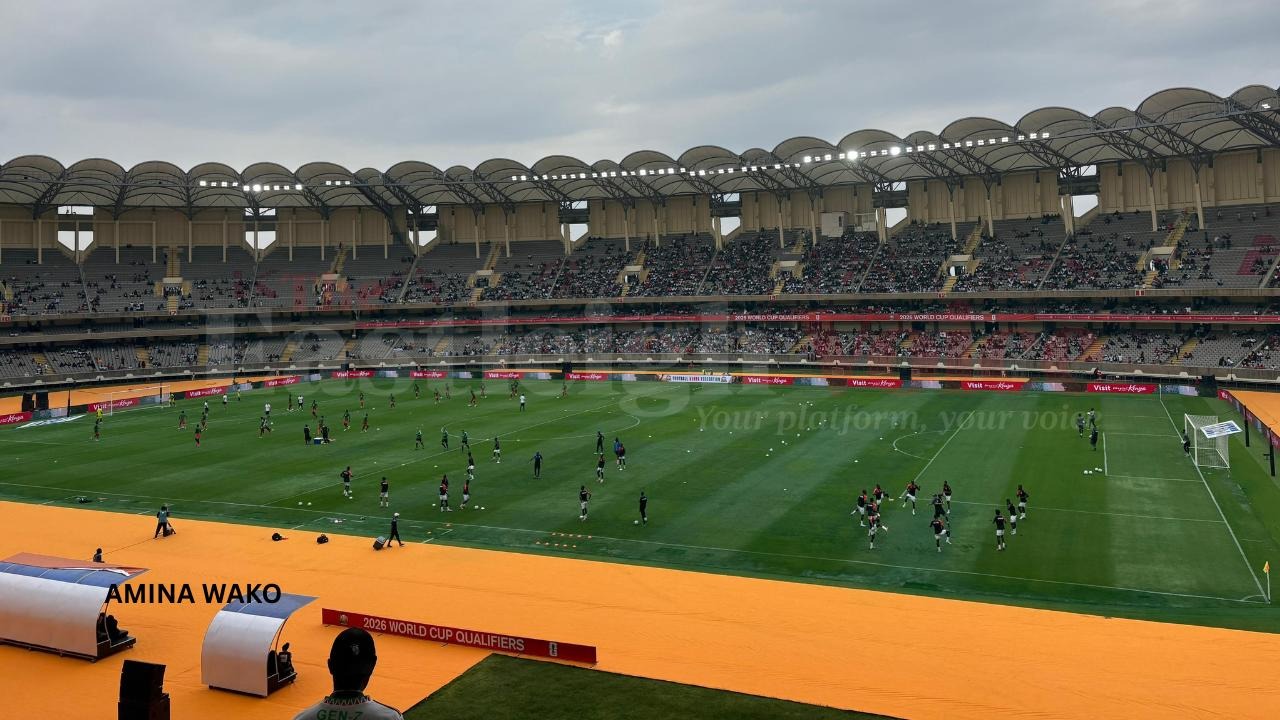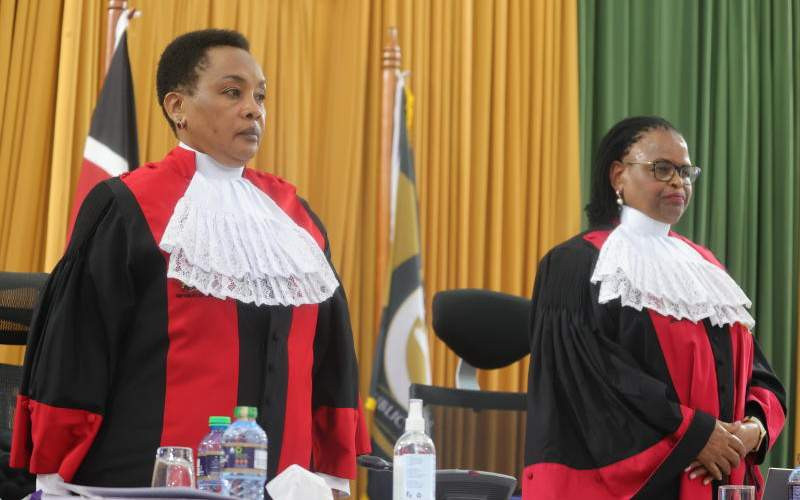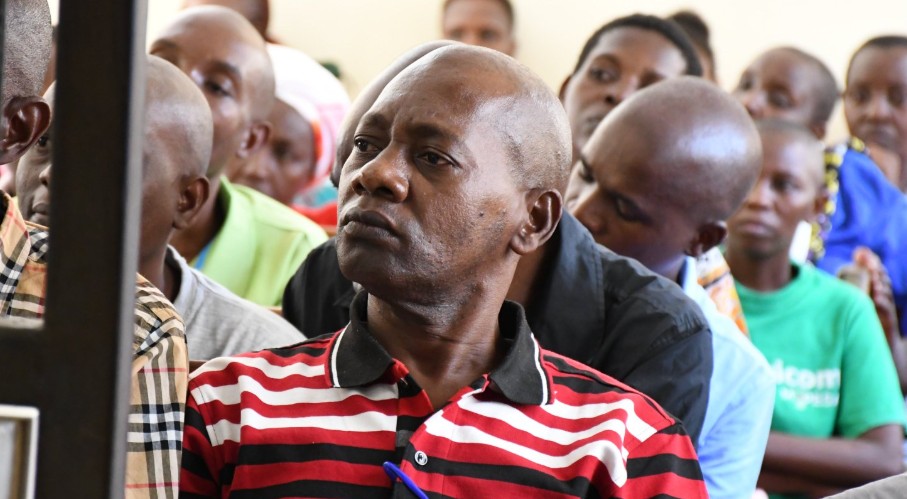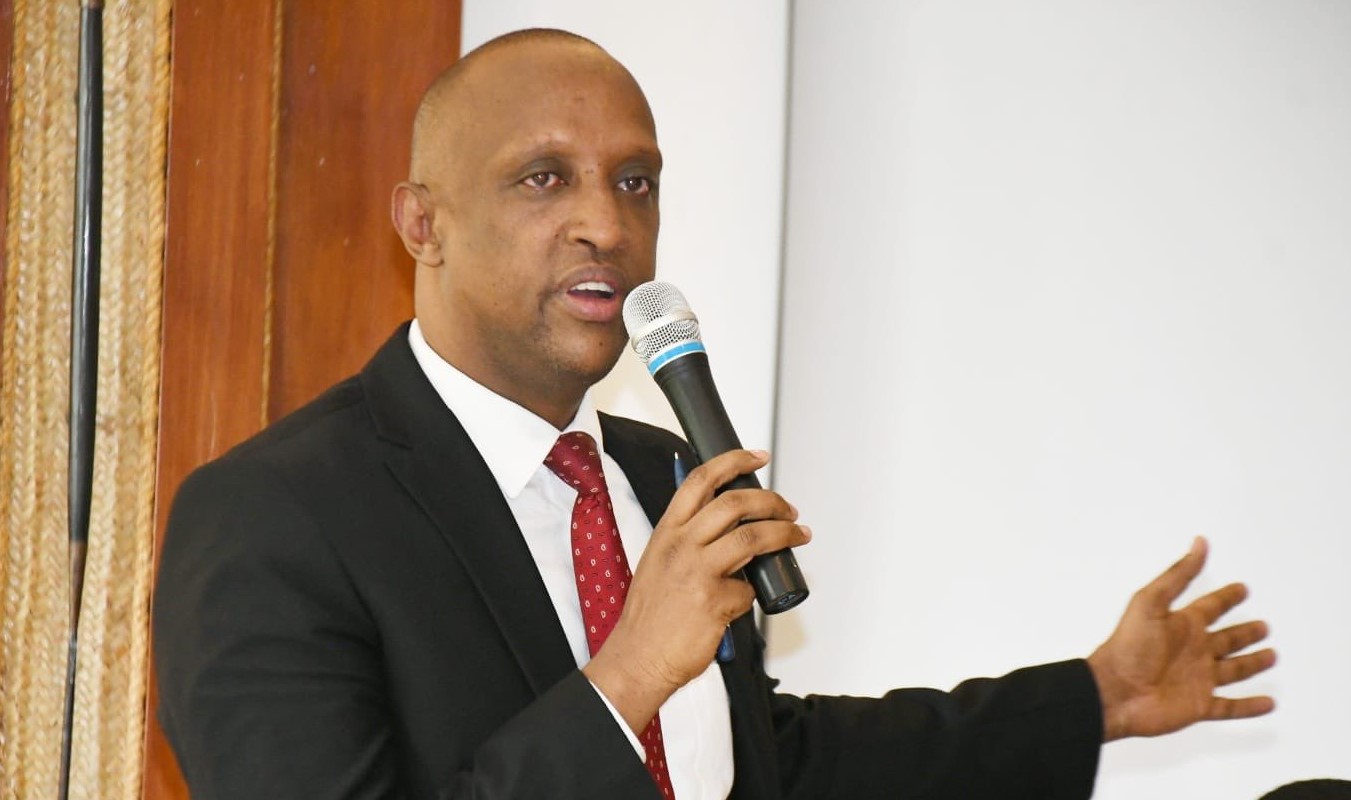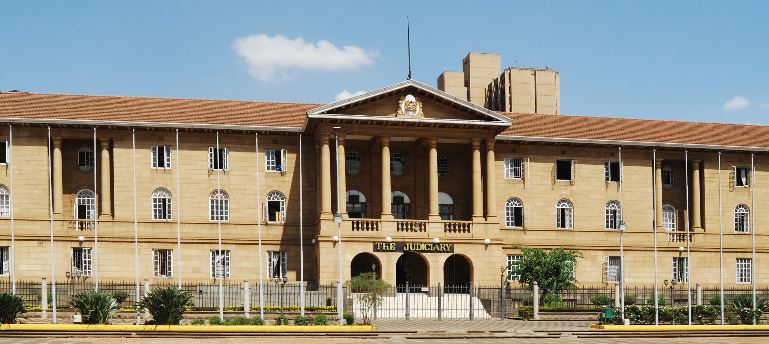Sh19 billion deficit, legal gaps lock out KMTC students from Helb loans
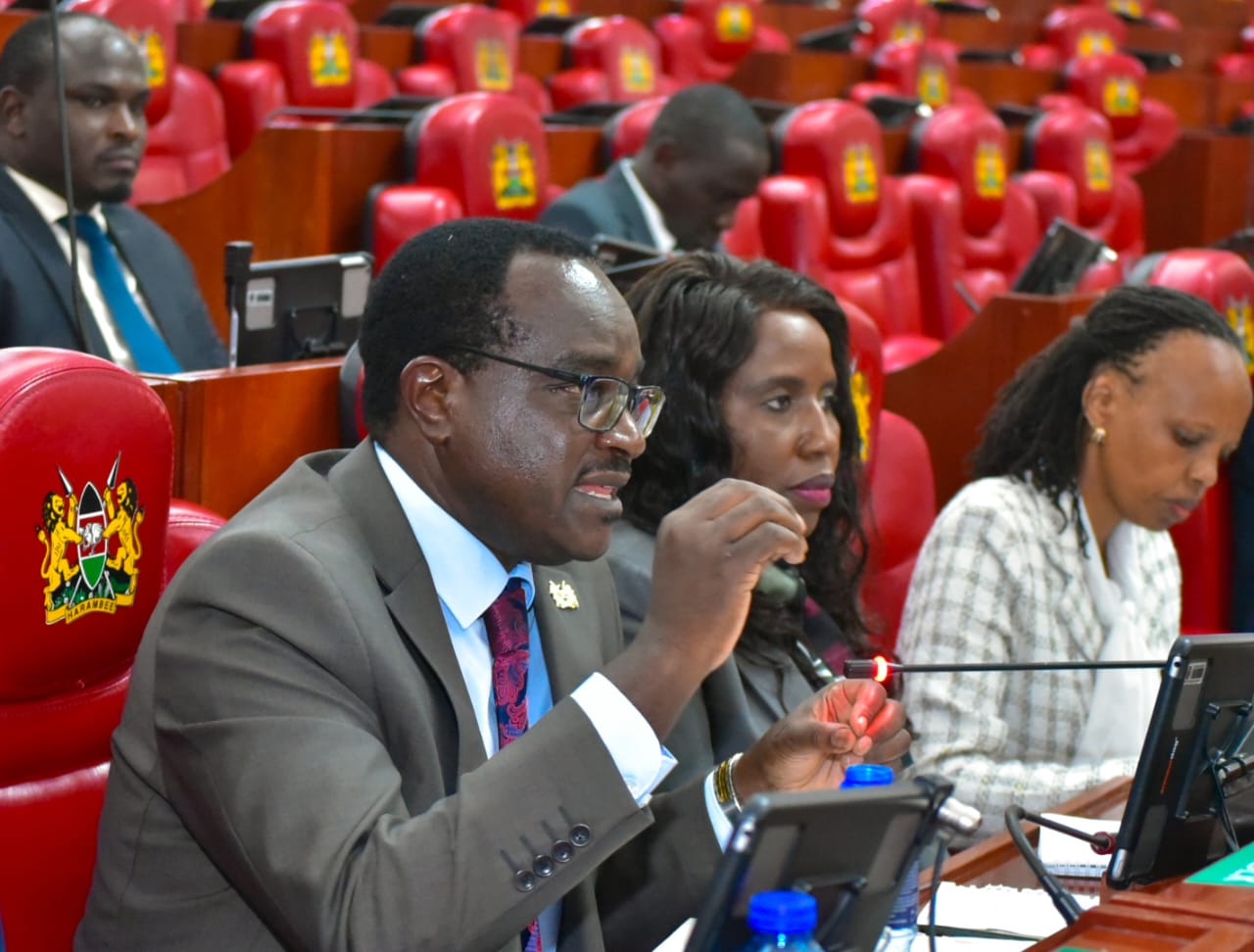
The final budget released to HELB by the National Treasury is earmarked for a predetermined number of students in universities and TVET institutions under the Ministry of Education.
A Sh19.7 billion funding shortfall and the absence of legal clarity are barring Kenya Medical Training College (KMTC) students from accessing Higher Education Loans Board (HELB) loans, Education Cabinet Secretary Julius Ogamba has told Parliament.
Appearing before the National Assembly’s Joint Committee on Education and Health, Ogamba said the Ministry of Education would like to support all students in tertiary institutions but is restricted by existing regulations.
More To Read
- HELB extends student loan application deadline
- Universities directed to update student portals amid frustration over HELB delays
- HELB disburses Sh9.46 billion to over 309,000 university students, easing fee confusion
- KUCCPS reopens portal for KMTC September 2025 intake
- HELB loans awarded to 136,000 first-time university students as government caps fees
- HELB offers 80 per cent penalty waiver to loan defaulters in new recovery push
“It is important to clarify that some universities and training institutions, such as KMTC, are outside the Ministry of Education. This reality has implications for the budgeting process as undertaken by the National Assembly,” Ogamba told MPs.
He explained that institutions prepare their budgets through their respective line ministries. In this case, HELB prepares its budget through the Ministry of Education, while KMTC operates under the Ministry of Health.
“Because of the sector-based line-ministry budgeting process, HELB is not provided with the resources to support other tertiary education and training institutions outside the Ministry of Education,” he added.
As a result, the final budget released to HELB by the National Treasury is earmarked for a predetermined number of students in universities and Technical Vocational Education and Training (TVET) institutions under the Ministry of Education.
“The resources that HELB currently has, which already reflect a deficit of Sh19.7 billion, are earmarked for a specific number of students in universities and Technical Vocational Education and Training (TVET) institutions,” Ogamba said.
Documents tabled before the joint committee show that in the 2024/25 Financial Year, the Ministry of Education required Sh1,394,443,131 to fund 122,634 students from the 2023 KCSE cohort but received only Sh13,768,404,874. This left a funding gap of Sh12,373,961,743.
In the same financial year, there was a further deficit of Sh7,298,179,901 required to support 2023 KCSE students who joined TVET institutions.
“Several tertiary education and training institutions outside the Ministry of Education are not funded because HELB does not have the requisite budget,” Ogamba said.
Budgetary allocation
He told MPs that if HELB were to be allocated adequate resources, the ministry would have no problem extending support to students in all tertiary institutions, regardless of their parent ministry.
“The Ministry of Education and HELB are ready to work with all stakeholders to ensure that students in all tertiary education institutions are funded. This would require additional budgets to be provided to HELB. We would therefore be seeking the support of the two departmental committees to secure this support,” he said.
Despite the budgetary constraints, HELB has in some instances partnered with institutions outside the Ministry of Education to provide loans, based on funds allocated from those institutions’ budgets.
For instance, in the case of KMTC, Ogamba said HELB has disbursed Sh1.2 billion over the 2022/2023 and 2023/2024 financial years, based on resources provided through the Ministry of Health.
He added that between 2014 and 2019, HELB issued loans totalling Sh468 million to KMTC students with financial support from USAID, a programme that was later disbanded following changes introduced by former US President Donald Trump.
The matter of KMTC students’ exclusion from HELB loans was raised by Balambala MP Abdi Shurie, who questioned what he termed as discrimination against students in KMTC institutions.
“Explain why KMTC students are excluded from receiving HELB support while students from other public institutions are eligible beneficiaries?” he posed.
Ogamba clarified that HELB initially only funded university students, but after the enactment of the TVET Act, 2013, the scope was expanded to include trainees in TVET institutions under the Ministry of Education.
However, this change did not extend to institutions such as KMTC, which fall under other ministries.
Top Stories Today

